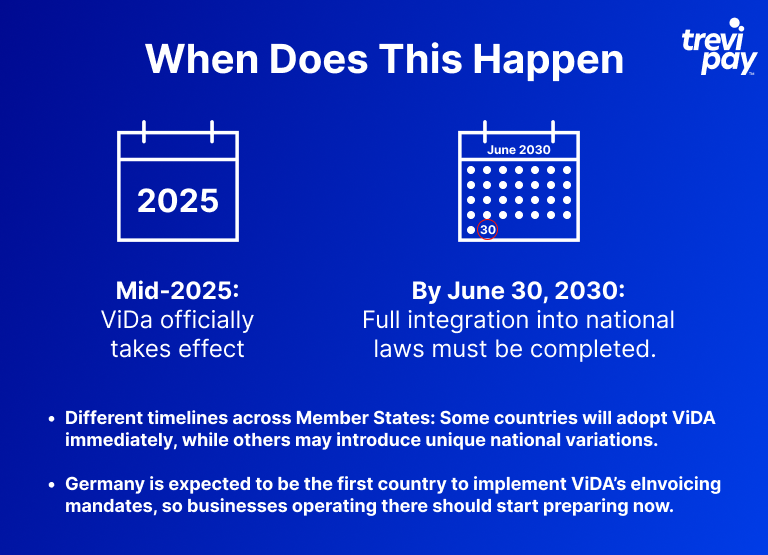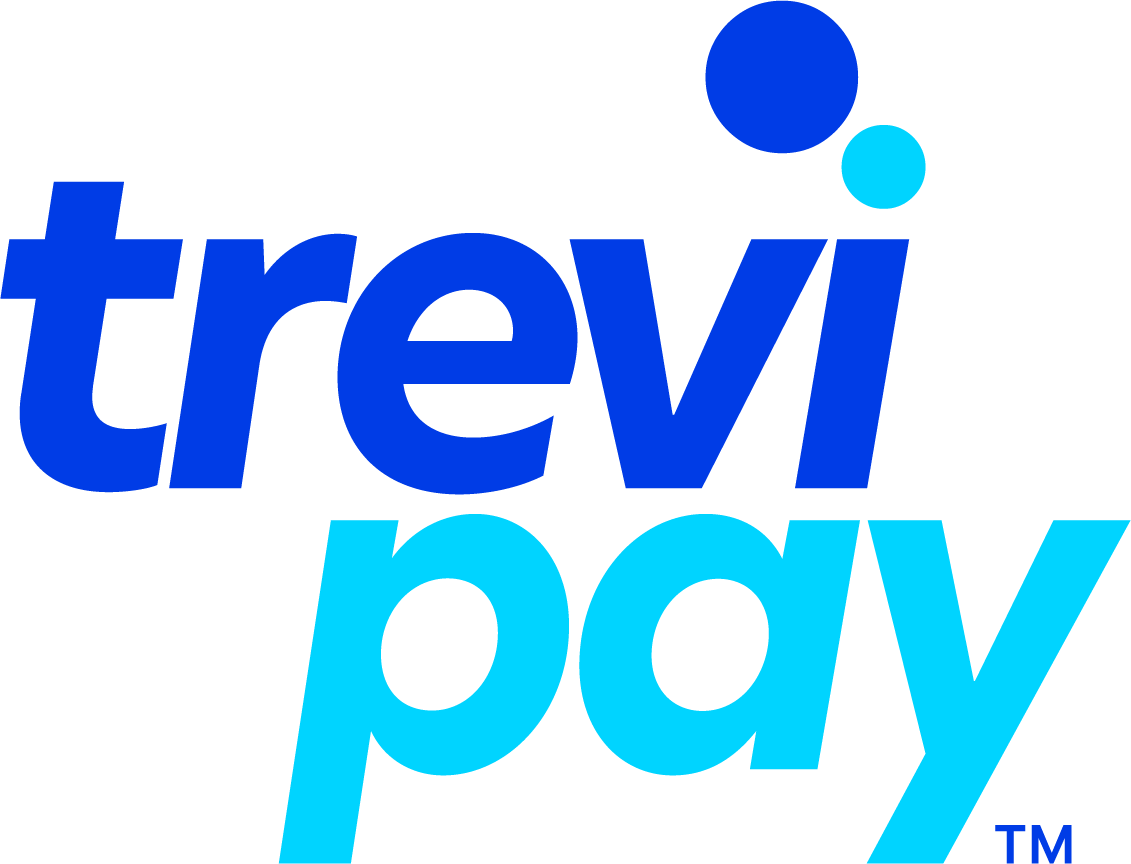Big changes are coming to VAT compliance in the EU. The VAT in the Digital Age (ViDA) proposal has officially been approved by the Economic and Financial Affairs Council (ECOFIN), setting the stage for a complete overhaul of how businesses handle VAT across the EU.
For multinational companies, ViDA isn’t just another regulatory update—it’s a shift that will reshape invoicing, tax reporting and compliance over the next five years. While it may seem daunting, it also presents an opportunity to streamline operations, enhance efficiency and reduce fraud risks. Here’s what you need to know.
The Three Pillars of ViDA
ViDA is all about modernizing VAT processes, improving tax collection and preventing fraud. To make this happen, the initiative is structured around three key pillars:
1. eInvoicing and Digital Reporting Requirements (DRR)
One of the biggest changes under ViDA is the move to real-time digital VAT reporting. Currently, VAT reporting across the EU is fragmented, but ViDA introduces a unified system that requires businesses to submit eInvoices directly to tax authorities.
Why does this matter?
- More accuracy – Digital invoicing reduces errors and discrepancies in VAT reporting.
- Better fraud prevention – Real-time transaction monitoring makes it harder for fraud to slip through.
- Standardized cross-border eInvoicing – Businesses will need to adopt a common eInvoicing system across all 27 EU Member States.
2. Single VAT Registration in the EU
Today, businesses operating in multiple EU countries must register for VAT in each one separately—a slow and expensive process. ViDA changes that. With a single VAT registration, companies can operate across all Member States with just one registration.
What’s the impact?
- Less administrative hassle – No more juggling multiple VAT registrations.
- Easier cross-border transactions – A more seamless process for businesses selling across the EU.
3. Updated Rules for Digital Platforms
eCommerce and digital marketplaces have transformed how goods and services are sold—but VAT compliance hasn’t kept up. ViDA shifts the responsibility of VAT collection to online platforms, ensuring tax is properly accounted for.
This means:
- Platforms like online marketplaces must collect and remit VAT for certain transactions.
- Less tax evasion – Authorities can track VAT collection more effectively.
eInvoicing Requirements & Implementation Timeline
A major component of ViDA is the mandatory adoption of eInvoicing for cross-border transactions. This means businesses will no longer have the option to reject eInvoices (the so-called “buyer acceptance” principle is being scrapped). Instead, eInvoicing becomes the new standard across the EU.

Why Should Businesses Care?
ViDA isn’t just about compliance—it’s also about efficiency, cost savings and fraud prevention. Here’s why businesses should take it seriously:
- Regulatory Compliance – eInvoicing will be mandatory for cross-border transactions.
- Standardization – A unified invoicing framework makes cross-border operations smoother.
- Efficiency Gains – Automating invoicing processes reduces admin work and improves cash flow.
- Fraud Prevention – Real-time reporting helps tax authorities detect and prevent VAT fraud.
How This Impacts Businesses
If your company operates in the EU, you’ll need to start preparing now. Some Member States already have eInvoicing mandates in place, and others will follow soon. On average, businesses will need to adapt to 3-4 new mandates per year until 2030.
The challenge? Each new mandate can take up to two years to implement. That means finance, tax and IT teams will be under significant pressure to keep up with compliance.
How to Prepare for ViDA
Navigating this transition will take planning and proactive action. Here’s where to start:
- Assess Your Readiness – Audit your current invoicing processes and identify compliance gaps.
- Choose the Right Technology – Invest in an eInvoicing solution that meets ViDA’s standards.
- Integrate Your Systems – Update ERP and financial systems to handle real-time digital invoicing.
- Engage Key Stakeholders – Train employees and communicate changes to partners and suppliers.
- Stay Informed – Monitor updates on ViDA regulations at both EU and national levels.
The Bottom Line
ViDA is set to transform VAT compliance across the EU, making invoicing more digital, standardized and fraud-resistant. While the changes may seem overwhelming, businesses that prepare early will benefit from smoother operations and reduced administrative burdens.
What’s Next?
- Learn More – Check out the EU ViDA Information Page for official guidance.
- Get Help – Need a strategy for transitioning to eInvoicing? Contact us for expert advice.
By acting now, businesses can stay ahead of regulatory deadlines and turn ViDA compliance into a competitive advantage.







